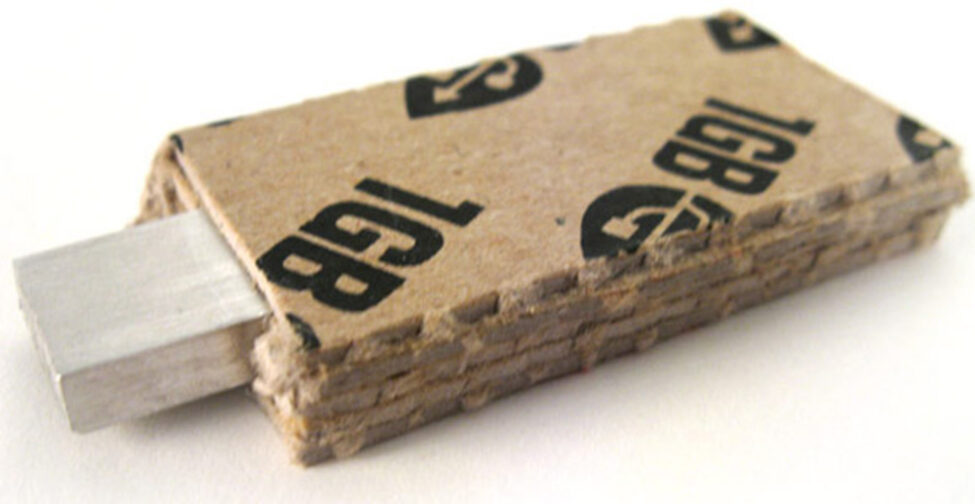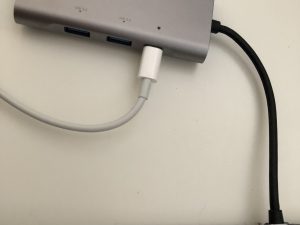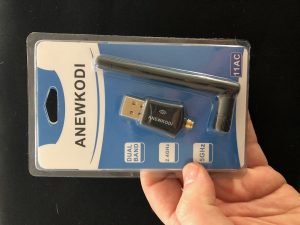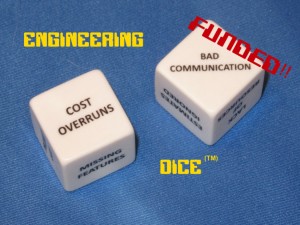The “green-thumb” flash USB drive comes at the advent of a lot of other cardboard technology, like the cardboard computer. Developed by Colin Garceau-Tremblay for his design class, the idea behind using cardboard was due to the frequency at which these drives were lost. It’s no surprise either, these drives are quite small and often fall out of the user’s backpack or pockets never to be found again.

Besides being lost, many people often put aside their old USB flash drives when a newer and larger version appears. The problem with simply tossing the old USB drive in the trash is that most casings are generally made of either plastic or metal to withstand both heat and water damage. Unfortunately, what makes these materials appealing to customers and creators of these USB drives also makes them detrimental to the environment.
Since these drives last a long time, disposal is a huge issue. If not disposed of properly or lost, these drives can last decades if not centuries in landfills. Rather than use items that were not easy recyclable or degradable, Tremblay turned to corrugated cardboard which has the same water and fire proof capabilities as the standard USB drive cases, but can easily break down in nature. The design comes in a corrugated cardboard card and can be detached, by cracking along the dotted lines, into five 1GB USB drives.

While the device is not actually available to the market, the eco-friendly idea will hopefully inspire actual companies to follow suit. One issue is that while the cardboard itself is recyclable, the components of the actual USB drive might make it difficult for sanitation companies to actually accept these drives for recycling. On top of that, computer and tech recycling has quite a ways to go before the sector can actually be considered green.






